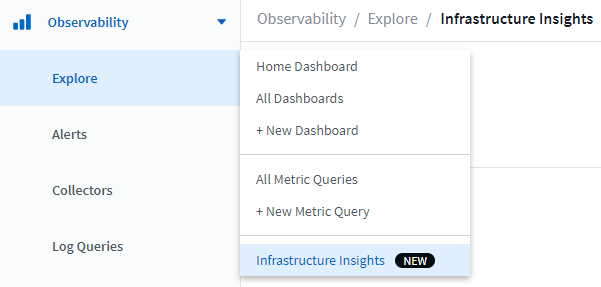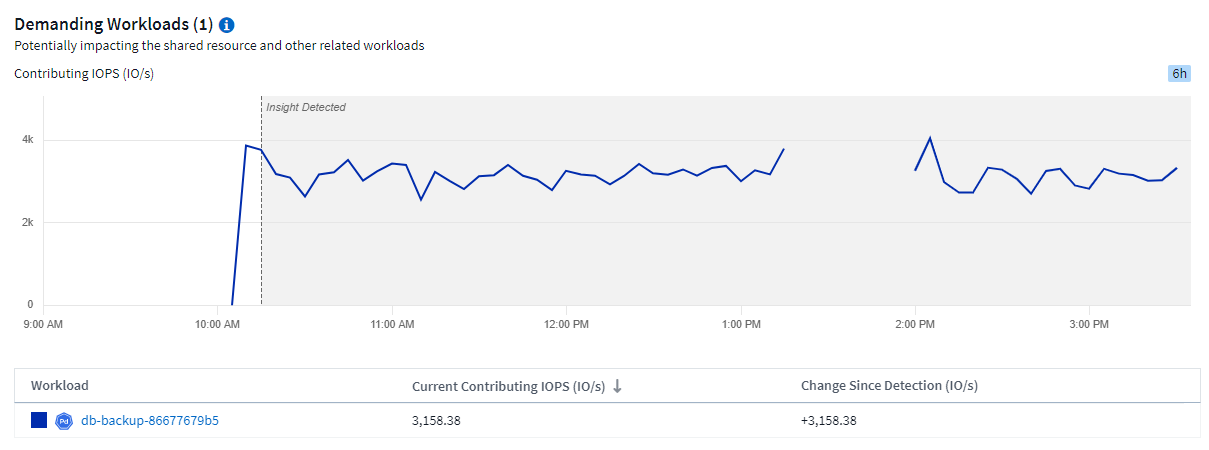Insights: High-Consuming Workloads
 Suggest changes
Suggest changes


High-impact workloads can reduce the performance of other workloads in a shared resource. Data Infrastructure Insights provides tools to help you investigate resource saturation and impact on your tenant.
Terminology
When talking about workload or resource impact, the following definitions are useful.
An Impactful or Greedy resource is one that causes a negative impact on another resource. For example, a volume experiencing very high IOPS may cause increased latency in other volumes (i.e. Impacted or Degraded resources). Impactful and Impacted resources are “peers” that utilize the same shared resource, for example, a storage pool or Volume.
A High-Consuming Workload is a workload that is currently identified as impacting other resources in the shared storage pool. These workloads drive higher IOPS, reducing IOPS in the Impacted Workloads. In Data Infrastructure Insights these are identified as Demanding Workloads.
An Impacted Workload is a workload affected by a high-consuming workload in the shared Storage Pool. These workloads are experiencing reduced IOPS and/or higher latency, caused by the Demanding Workloads.
Shared Resource Saturation is the ratio of impacting IOPS to baseline.
Baseline is defined as the maximum reported data point for each workload in the hour immediately preceding the detected saturation.
A Contention occurs when IOPS are determined to be affecting other resources or workloads in the shared storage pool.
High-Consuming Workloads
Any High-Consuming Workloads that Data Infrastructure Insights detects are shown in the Shared Resources Under Stress Insight. Navigate to Observability > Infrastructure Insights to view these Insights.

Click on a workload to view the details page for it. The top chart shows the activity on the shared resource (for example, a storage pool) on which the contention is occurring.

Below that are two charts showing the Demanding workloads and the workloads that are impacted by those demanding workloads.


What do I do to resolve saturation?
There are a number of steps you can take to reduce or eliminate the chance of saturation on your tenant. Here are a few things you can try.
-
Move high-IOPS consumers
Move the "greedy" workloads to less-saturated Storage Pools. It is recommended to assess the tier and capacity of these pools before moving the workloads, to avoid unnecessary costs or additional contentions.
-
Implement a quality of service (QoS) policy
Implementing a QoS policy per workload to ensure enough free resources available will alleviate saturation on the Storage Pool. This is a long-term solution.
-
Add additional resources
If the shared resource (for example, Storage Pool) has reached the IOPS saturation point, adding more or faster disks to the pool will ensure enough free resources available to alleviate saturation.

